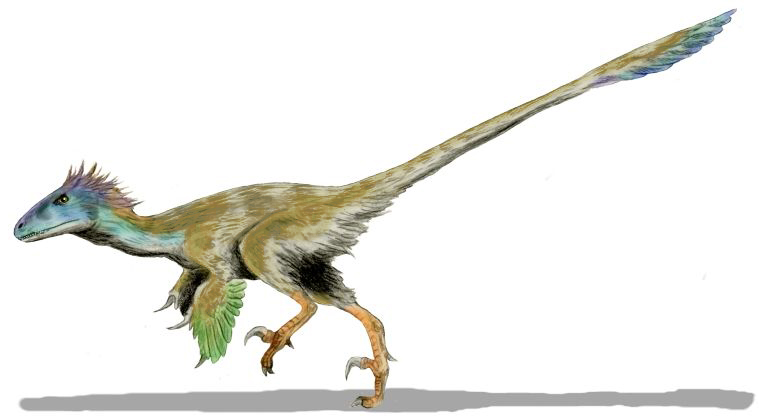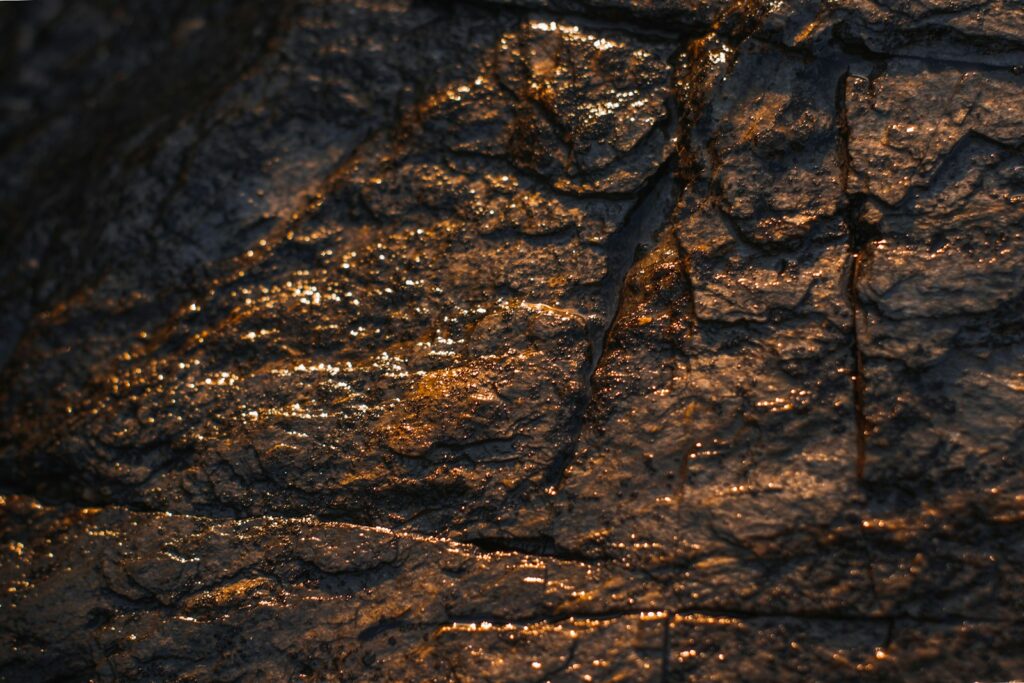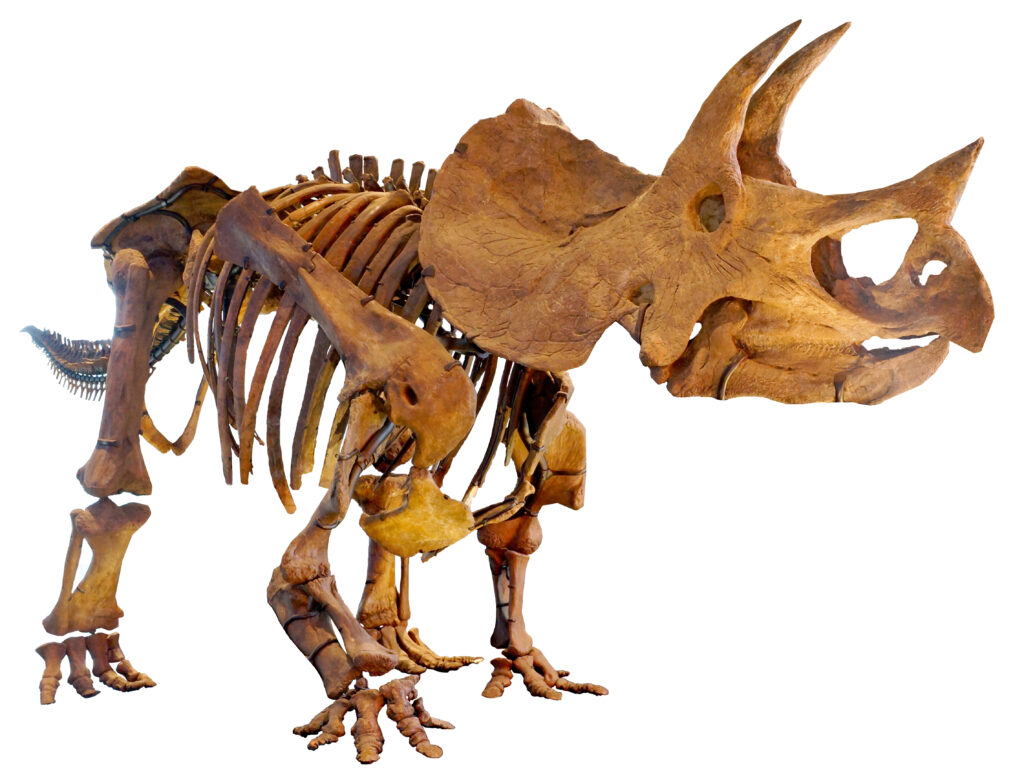Picture a Parasaurolophus wandering through the ancient swamps of North America, its haunting call echoing across the prehistoric landscape. Until recently, that sound remained locked in the fossil record, lost to time. Yet today, scientists are bringing these ancient voices back to life through cutting-edge technology and ingenious detective work that reads clues hidden in bone.
You might wonder how paleontologists can possibly decode behaviors and sounds from creatures that vanished seventy-five million years ago. The answer lies in an exciting frontier where digital archaeology meets acoustic engineering, where CT scanners become time machines, and where fossilized bones reveal intimate secrets about dinosaur family dynamics.
Digital Resurrection Through CT Scanning

The use of digital paleontology permitted a thorough analysis of the inside of the crest without having to physically cut through it, and thereby damaging it. The cross sections were loaded in numerical form into a computer in order to reconstruct an undistorted crest. When paleontologists discovered a rare Parasaurolophus skull fossil in New Mexico, they faced a dilemma: how do you study the inside of a priceless fossil without destroying it?
The fossil was reportedly taken to a medical center where a three-dimensional computer model of the crest was created by performing a CT scan. A series of about 350 cross sections were taken of the crest at 3mm intervals. Computer scientists then collaborated with paleontologists to distinguish bone from the sandstone and clay filling the fossil. This breakthrough revealed something remarkable: the crest, containing a labyrinth of air cavities and shaped something like a trombone, might have been used to produce distinctive sounds.
Musical Mathematics of Ancient Voices

Once the size and shape of the air passages were determined with the aid of powerful computers and unique software, it was possible to determine the natural frequency of the sound waves the dinosaur pumped out, much the same as the size and shape of a musical instrument governs its pitch and tone. Think of a Parasaurolophus crest as a seventy-five-million-year-old trumpet waiting for someone to decode its music. Since it’s uncertain whether the Parasaurolophus had vocal cords, a variation of sounds with and without vocal cords was simulated.
The results were astonishing. “The sound may have been somewhat birdlike, and it’s probably not unreasonable to think they did songs of some sort to call one another,” one researcher noted. Each Parasaurolophus probably had a voice that was distinctive enough to distinguish it not only from other dinosaurs, but also from other Parasaurolophuses. Imagine vast herds of these creatures, each with their own unique vocal signature echoing across prehistoric valleys.
Closed-Mouth Communication Revolution
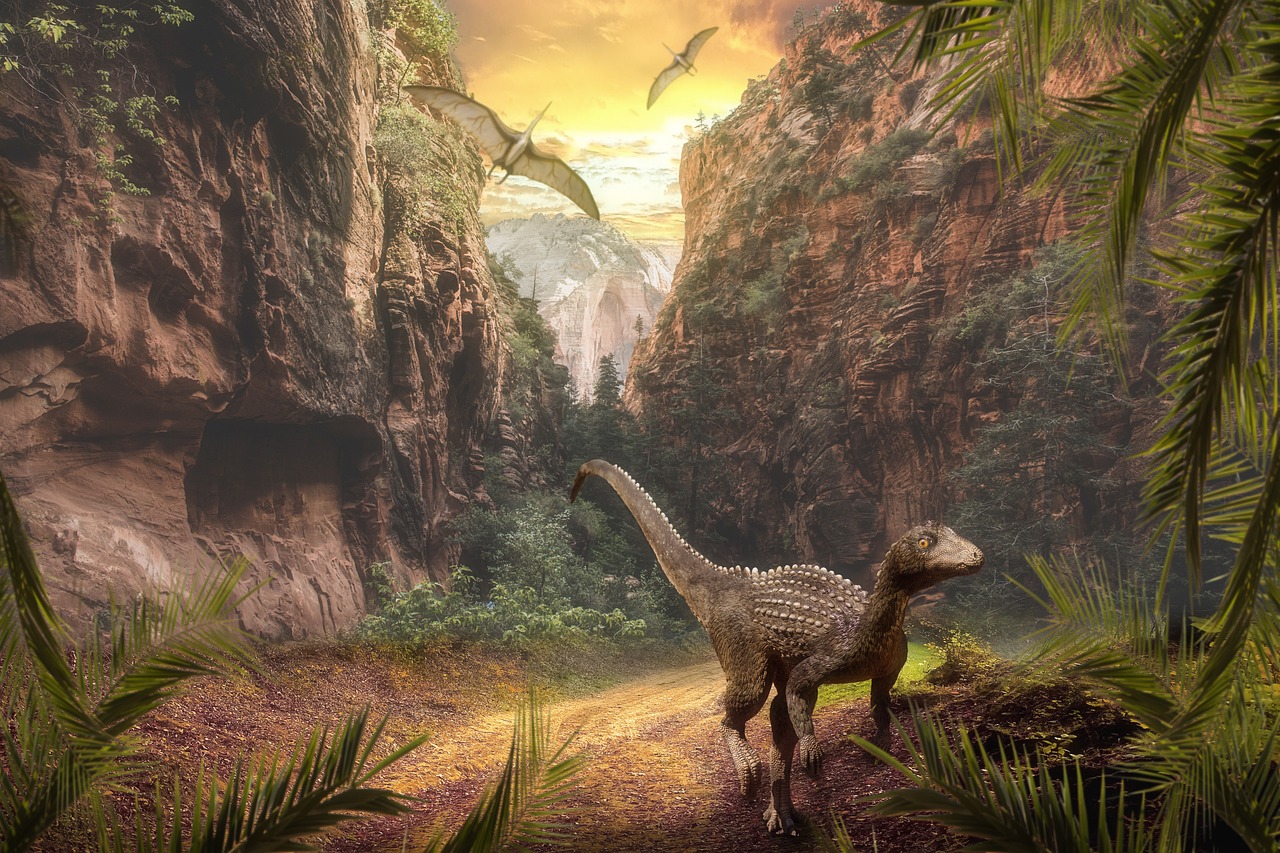
Dr. Clarke explained that instead of open-mouthed roars, scientists theorize that many dinosaurs may have produced closed-mouth vocalizations. Animals produce closed-mouth vocalizations by inflating their esophagus or tracheal pouches while keeping their mouth closed. This discovery shattered Hollywood’s vision of roaring tyrannosaurs. These closed-mouth vocalizations produce something comparable to a low-pitched swooshing, growling, or cooing sound.
Modern crocodiles and ostriches provide living examples of this communication style. Think of closed-mouth vocalizations as being lower and more percussive, as opposed to bird calls, which are more varied in pitch and almost melodic. This means your favorite movie dinosaur sounds were actually based on elephant bellows, whale breathing, and even dog growls rather than what these ancient beasts actually sounded like.
Reading Social Clues in Fossil Footprints

Lots of useful information can be gained from trackways, including speed and gait. Some of them have enough tracks to represent multiple individuals and even multiple species. When this happens, paleontologists can infer social behaviors that would never be preserved otherwise. Dinosaur footprints function like ancient social media posts, capturing moments in time when multiple animals interacted.
Recent research describes new stegosaur tracks from the Upper Jurassic Villar del Arzobispo Formation (Spain), providing evidence of gregarious behavior in stegosaurs. These trackways reveal that armored dinosaurs walked together in groups, challenging earlier assumptions about solitary behavior. Dinosaur tracks are fossilized behavior. Each footstep represents an actual moment in the dinosaur’s life, affected by how it was moving.
Mass Death Sites Tell Family Stories

Mass mortality sites also help get at the behavior of dinosaurs, with the general thought that if they lived together, they died together. When paleontologists find multiple dinosaurs preserved together, they’re essentially discovering ancient family portraits frozen in stone. They identified a cluster of 11 juveniles aged less than a year old, two adults that were found together, and nine individuals that were older than juveniles but younger than adults.
The authors suggest that the presence of age-specific clusters of individuals in the same location could indicate that M. patagonicus lived in herds throughout their lives but primarily associated with others their own age within herds. Picture dinosaur nursery groups where youngsters hung out together while adults managed different responsibilities. Analysis of the rocks surrounding the remains suggests that the remains are approximately 193 million years old, pre-dating previous records of complex social behavior among dinosaurs by over 40 million years.
Parental Care Evidence in Nesting Grounds
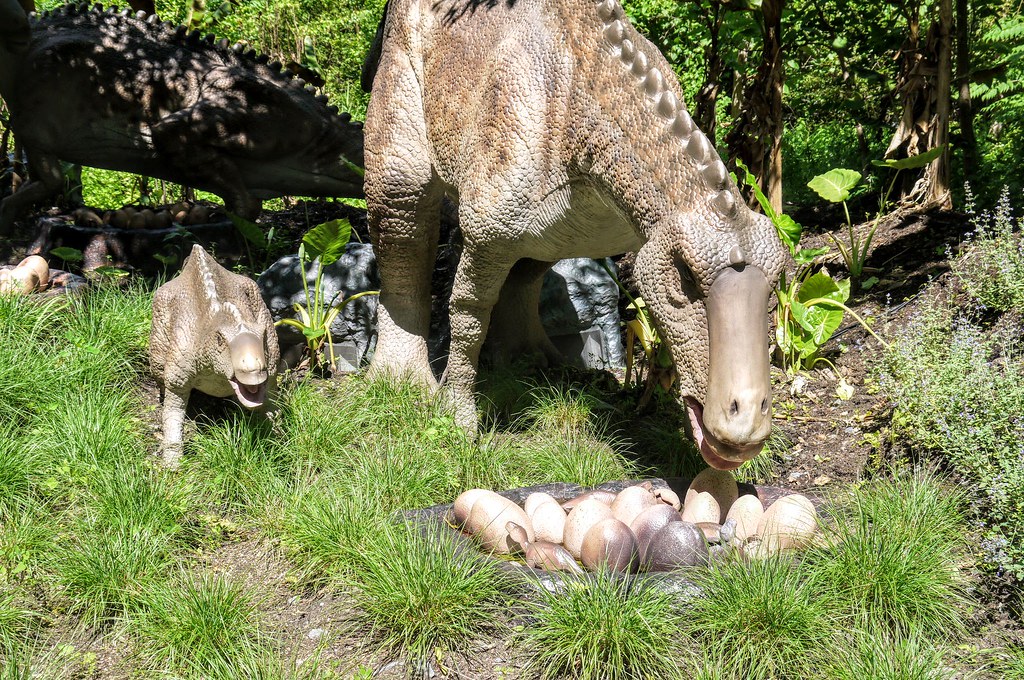
An entire nesting ground was discovered, spaced closer together than the length of one adult, as some birds do today. The eggs were arranged in a spiral and placed on top of rotten vegetation to keep them warm. These ancient nurseries reveal sophisticated parenting strategies that rival modern birds.
Fossil nests and eggshells have revealed that some dinosaurs exhibited parental care, including incubation and protection of young. This behavior is particularly evident in bird-like theropods. The hatchlings had underdeveloped legs which made walking unlikely, and yet, had worn teeth. It is estimated that the hatchlings might have spent a year in the nest, and although the mortality rate was high, it was the parents of these babies that fed them and protected them. This extended childcare system suggests emotional bonds and complex family structures among dinosaur species.
Age Segregation and Social Hierarchies
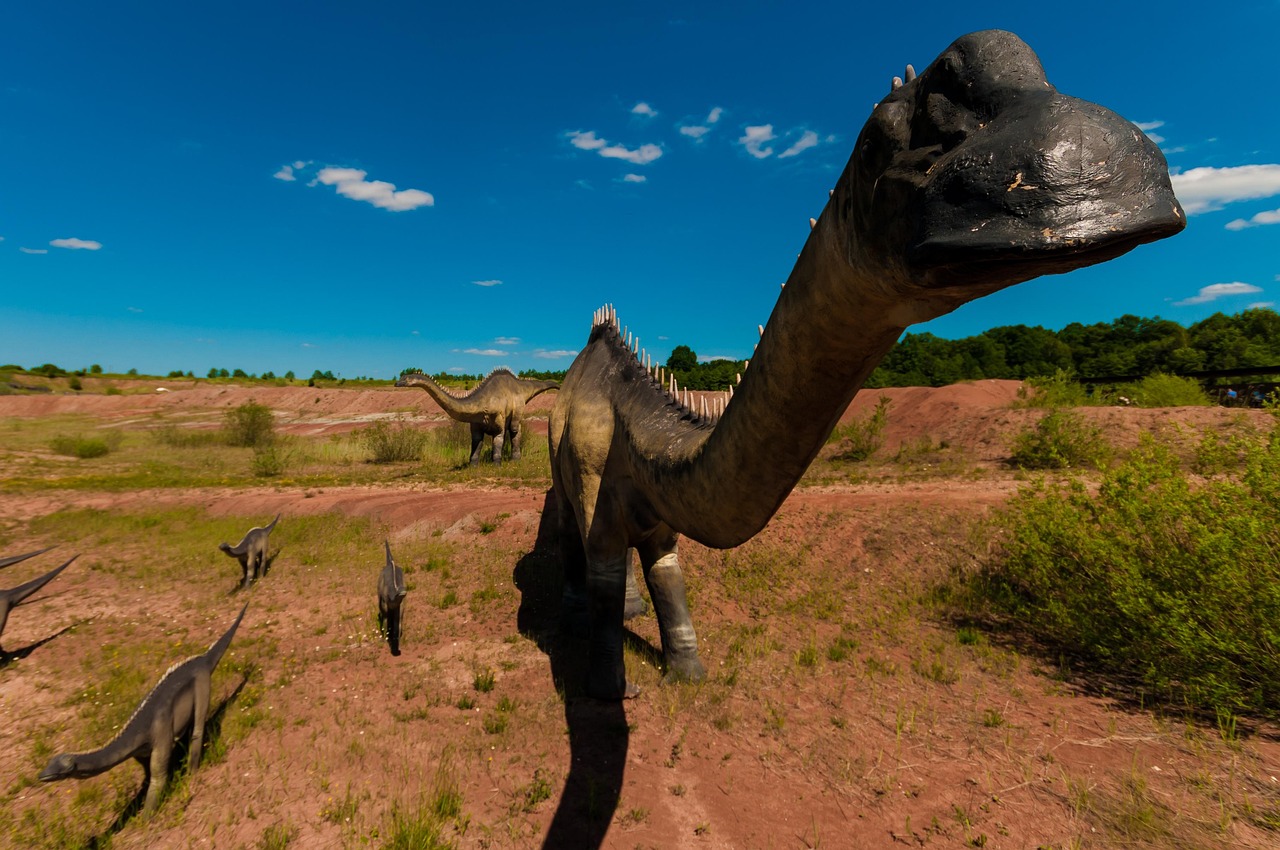
The age and the distribution of the bones indicates that Hypacrosaurus stayed in juvenile herds until they were about 4 years old, at which time they joined multigenerational herds. Paleontologists know that dinosaurs reached sexual maturity and began reproducing before they reached their full adult size. This discovery reveals sophisticated social organization similar to modern elephant herds.
Some dinosaur species may have established social hierarchies within their herds. This could have influenced access to mates, food, and territory. Young adults joining breeding herds at age four suggests coming-of-age ceremonies embedded in dinosaur society. It is proposed that they were a social group, perhaps left to their own devices while adults cared for the infants. This babysitting arrangement among juvenile dinosaurs implies complex social structures we’re only beginning to understand.
Modern Technology Reveals Ancient Brain Power
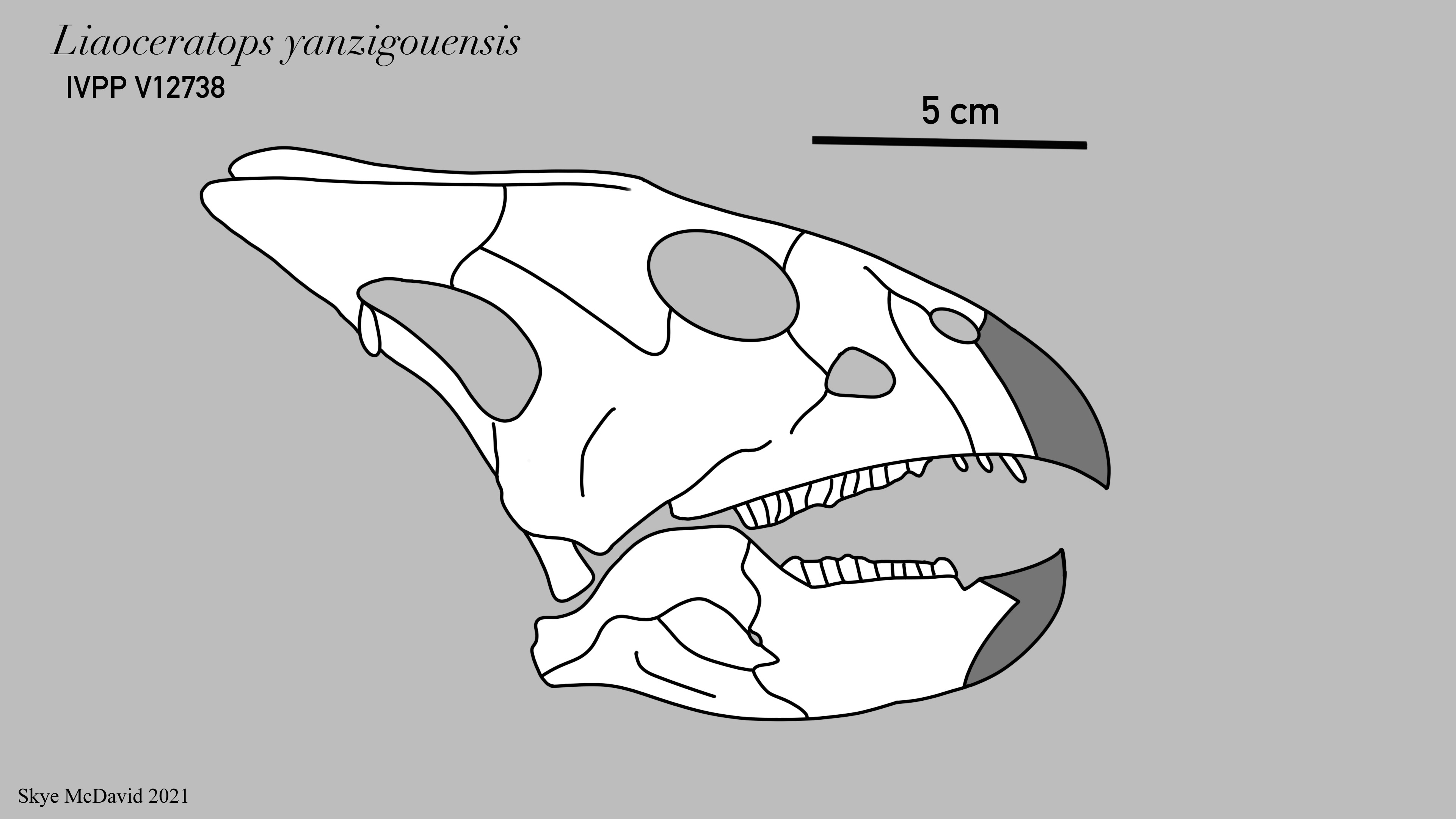
Recent research reconstructs endocasts of Yinlong, Liaoceratops and Psittacosaurus, and interpret early ceratopsians as having more sensitive sense of smell and as adapted to hearing higher frequencies than their late-diverging relatives. Brain endocasts function like ancient neurological fingerprints, revealing cognitive abilities and sensory preferences.
The digital reconstruction of the inner ear of Europasaurus gave the researchers new insights not only into its hearing ability, but also into its reproductive and social behavior. “Fossil records of the large bones in the dinosaur’s ears compared to corresponding bones in human ears suggests they were able to hear lower frequencies than humans.” This enhanced hearing capability suggests dinosaurs communicated through subsonic rumbles that traveled vast distances, coordinating herd movements across prehistoric landscapes.
Cutting-Edge Sound Recreation Technology

Research has been conducted on the acoustic characteristics of physical models of the Parasaurolophus’ crest. Scientists today are building what they call “Linophones” – physical reconstructions of dinosaur sound chambers that allow direct acoustic testing.
“I wanted something simplified and accessible for both modeling and building a physical device,” Lin explained. “My ultimate goal is to re-create the sound of the Parasaurolophus.” Lin’s initial results indicate that the Parasaurolophus’ crest was used for resonance, similar to the crests of birds we see today. The mathematical model is still in progress, but Lin hopes it will be useful for studying animals with similar vocal structures. These breakthrough techniques promise to unlock the voices of countless extinct species.
Color Patterns and Visual Communication
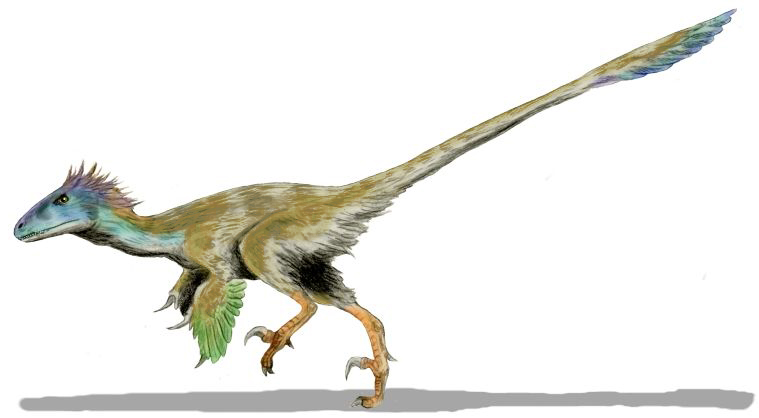
Paleontologists have recently pieced together the colors and patterns of some feathered dinosaurs, using electron microscopes to see tiny preserved structures that used to contain the pigments of the animals in life. Imagine dinosaurs sporting brilliant displays rivaling modern peacocks or tropical birds.
Dinosaurs likely used body language, including postures, gestures, and displays, to communicate with each other. Fossil evidence, such as preserved skeletons in specific postures, can provide clues about these behaviors. Some dinosaurs may have used bright colors, feathers, or other visual cues to communicate with potential mates or rivals. Preserved pigments in fossilized feathers have provided evidence of this. These discoveries transform our perception of the ancient world from drab grays and browns into a kaleidoscope of prehistoric beauty and communication.
Scientists have revolutionized our understanding of these magnificent creatures through ingenious detective work that transforms silent fossils into vivid portraits of ancient life. From the haunting calls echoing across Mesozoic landscapes to the complex family dynamics that mirror modern animals, dinosaurs emerge as sophisticated beings whose intimate behaviors continue to astound researchers. Each technological breakthrough brings us closer to experiencing their world as it truly was – a symphony of sounds, colors, and social interactions that rivals anything in nature today. What secrets do you think the next fossil discovery will reveal?

